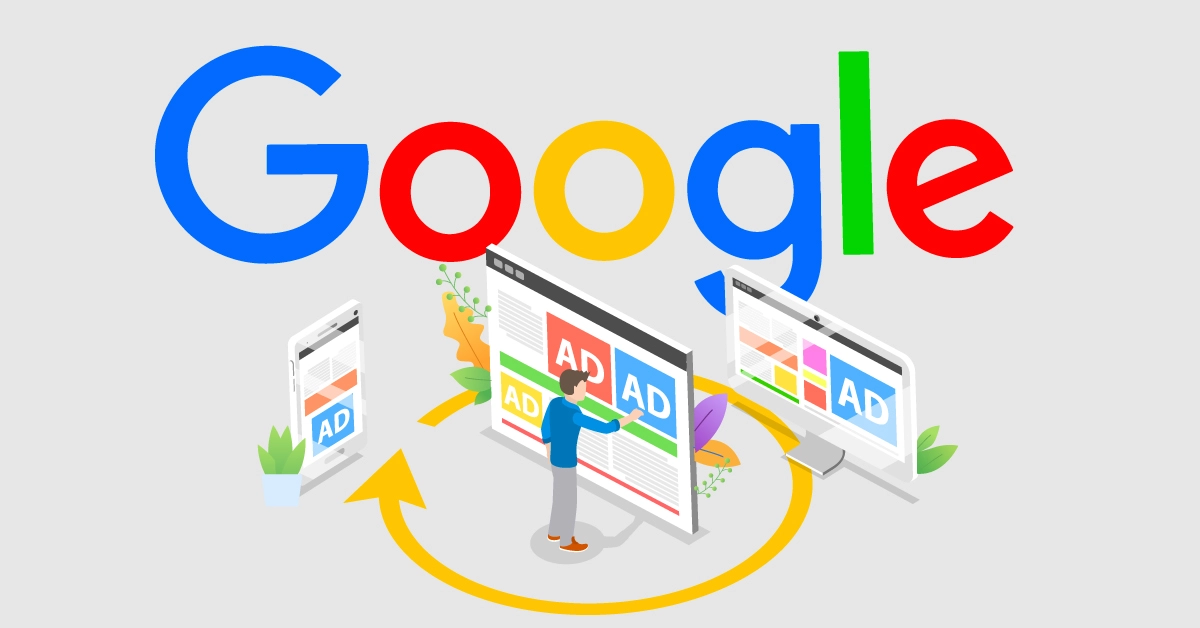
Google has been quietly integrating ads within organic search results for almost a year. This practice was recently confirmed through an update in their documentation.
Google has a vested interest in encouraging users to click on sponsored ads, but this should not come at the cost of user experience. Recently, Google's approach to this balance seems to have shifted, potentially to the detriment of its users.
Traditionally, ads on search engine results pages were either placed at the top or bottom, with organic results occupying the central part of the page. This clear distinction is now being blurred.
Recent Documentation Update
Google recently updated its documentation to state: “Top ads may show below the top organic results on certain queries.”
This article delves into this change and its implications for users and organic search results.
Timeline of Changes
Google has been testing the integration of sponsored ads within organic listings over the past 10 months. Here is a timeline of the changes leading up to the official implementation:
- June 2023: Initial Testing
- Autumn 2023: Expanded Testing
- March 28th, 2024: Official Launch
On this date, Google updated the “top ads” documentation, officially informing users of the change that ads would now appear mixed with organic results.
This change was announced on Twitter by Ginny Marvin from the Ads Liaison Team at Google. View her follow up to the announcement here.

Ads Within Organic Listings
In some search results, you may now see one or two organic listings followed by one or two ads. While it is uncommon, there can be up to four ads grouped together in these scenarios.
Ads Below Featured Snippets
A common practice now is to place ads directly below a featured snippet. In such cases, it is typical to see up to four ads in a block immediately beneath the snippet.
Conclusion
Google's integration of ads within organic search results is a significant shift that raises important questions. Is this merely a strategy to increase ad clicks by making them less distinguishable from organic content? Users might inadvertently click on ads, mistaking them for organic listings, which could be seen as a compromise in user experience.
However, this strategy might also incentivise websites to produce higher quality content. If superior content is rewarded with prominent placements above paid for ads, it could enhance the relevance and usefulness of search results.
While this change could benefit advertisers and Google's revenue, its long-term impact on user trust and the overall search experience remains to be seen. Transparency and user feedback will be vital in assessing the effectiveness and acceptance of this new approach.